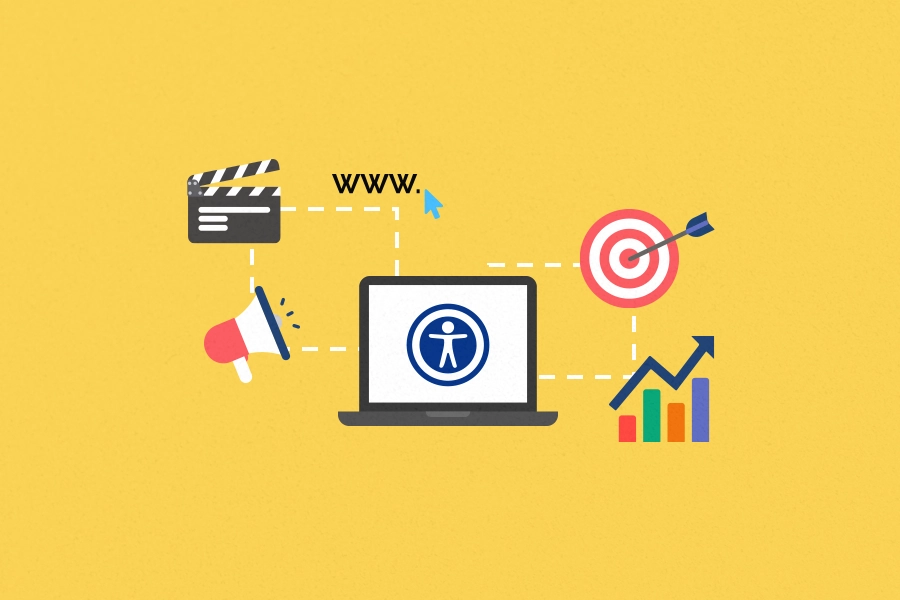
Machine Learning: understanding what this branch of AI is!

You already know that the world of technology is constantly evolving, and Artificial Intelligence is everywhere, becoming more and more integrated into our daily lives. Within this universe, one of the areas that has gained quite a lot of attention in recent years is Machine Learning.
This term may seem complex at first encounter, so how about we delve into its mysteries and understand why it is so relevant today?
What is Machine Learning?
Basically, Machine Learning is a branch of Artificial Intelligence (AI) that focuses on the development of algorithms and models capable of learning patterns from data. Unlike traditional programs explicitly programmed for specific tasks, learning machines have the ability to learn and improve on their own based on experience. Pretty cool, right?
Instead of following specific instructions, machine learning algorithms use statistical methods to enable a system to improve its performance in a specific task as it is exposed to more data. This means that these systems can identify patterns, make predictions, and make decisions without direct human intervention.
In other words, the machine truly learns over time. Think of yourself back in school: the more you were exposed to new data, or received new information in the classroom, the more you mastered the subject and became capable of explaining it without the help of your teacher, like in a test, for example.
What is the importance of Machine Learning?
The importance of Machine Learning reaches various areas of society and business, from health diagnostics to social impact. This is mainly due to its ability to analyze large-scale data, given that as the volume of available information increases, learning machines become increasingly essential for producing valuable insights, predicting trends, and optimizing processes.
In other words, Machine Learning plays an essential role in this digital transformation moment we are experiencing. It opens the door to innovation, enabling significant advances in various sectors and contributing to solving complex problems in more efficient and personalized ways.
What are the main types of Machine Learning?
There are three main types of Machine Learning, each with different approaches to data analysis and interpretation. Each of them, of course, has its specific applications and is chosen based on the type of problem to be solved and the availability and type of data. Let’s check out what they are:
Supervised learning
In this type of learning, the algorithm is trained with a set of labeled data, meaning data that already has a correct answer associated with it. Think of it almost like teaching a new trick to your pet. You show the trick, give the right command, and if it does it right, it gets a treat.
Here, the algorithm is like your pet, and the labeled data are the tricks it learns. The goal is for the algorithm to learn to associate inputs (commands) with the correct outputs (tricks) to be able to do similar things with new data it has never seen.
Unsupervised learning
Unlike supervised learning, unsupervised learning involves the use of unlabeled data. The algorithm seeks to identify patterns and structures in the data on its own, without having previous examples of desired outputs.
To help you understand, imagine you want to organize all the photos in your phone gallery into different albums, but you do not remember which photo is from which occasion. In other words, they do not come with labels. So, usually, we tend to group them based on patterns and similarity, putting all beach photos in the same category.
This is what the algorithm tries to do: find patterns on its own, grouping data by similarity and discovering groups automatically.
Reinforcement learning
In reinforcement learning, an agent learns to make decisions by interacting with a dynamic environment. The agent receives feedback in the form of rewards or penalties, which encourages it to learn actions that result in positive rewards over time.
In other words, it is like teaching a robot to walk. Each correct step is rewarded, but if it stumbles, there is a penalty, and so it learns the best way to act to get the most rewards possible.
What are the main Machine Learning algorithms?
Before we explore the algorithms, it is super important to understand that an algorithm is a sequence of instructions or rules that a computer follows to perform a specific task.
Some of the main Machine Learning algorithms include:
Neural networks
This algorithm is inspired by the functioning of the brain, consisting of layers of neurons that learn complex patterns and information. It is ideal for understanding what appears in images and knowing what someone is saying.
Support vector machines (SVM)
Great for classification and regression, it can understand and decide whether something is one way or another. In more technical terms, it finds the best line or hyperplane that separates different classes. For example, it is used to classify emails as spam or non-spam.
Linear regression
It predicts a continuous value based on input variables. In other words, it can guess a number when you give it some other numbers. For example, it can predict the price of a house based on features like size, number of rooms, and so on.
K-nearest neighbors (K-NN)
This algorithm classifies data based on the majority of the nearest neighbors, as if it needed the neighbors’ opinions to decide which group something fits into. A pretty common example is classifying a movie as good or bad based on the opinions of similar movies.
Decision trees
It divides the data set into smaller subsets, making it easier to make decisions. It is like asking step-by-step questions to decide something. For example, deciding if a customer will buy a product based on different characteristics.
Random forest
Imagine several decision tree algorithms working together and therefore managing to be more accurate. An example is predicting the outcome of an election based on many different polls.
Gradient boosting
Still thinking about decision tree algorithms, imagine that now they are working together to learn from each other’s mistakes, and so become more accurate. For example, when predicting the price of a house by learning from previous predictions.
Where does Machine Learning apply in companies?
Machine Learning is like a magical tool for companies, applicable in many sectors, from finance and health to marketing and web accessibility. As it helps organizations unravel the mountains of data they have access to, it provides valuable insights to assist in making more informed decisions.
You have probably already encountered Machine Learning in a company you are a customer of, and maybe you did not even realize it. It is often used to personalize experiences for you, such as recommending music or predicting what you might want to buy. Machine Learning is also used to prevent problems, such as detecting fraud in transactions or predicting when a machine may break.
In summary, it is like having an intelligent assistant that helps organizations become more efficient, understand the people they interact with, and identify trends.
What is the relationship between Machine Learning and Artificial Intelligence?
Although they are often confused as synonyms, Machine Learning and Artificial Intelligence are not the same thing. In fact, AI is the broader field, while Machine Learning is a specific subcategory of AI that focuses on the ability to learn from data.
Therefore, instead of programming specific rules, Machine Learning algorithms are fed with data and learn to perform tasks without being explicitly programmed.
How does Machine Learning work at Hand Talk?
Here at Hand Talk, AI and Machine Learning have been part of who we are and how we operate since the company was founded in 2012. Through our virtual Sign Language translators, Hugo and Maya, built with Machine Learning tools, we offer effective communication between deaf individuals and those with hearing disabilities and businesses.
Our technology translates content in text and image content into Brazilian Sign Language (Libras) and American Sign Language (ASL), promoting autonomy and independence for this audience when consuming online content, whether through the Hand Talk App or the Hand Talk Plugin.
Do you want to bring AI and Machine Learning to your company too? Explore this and other features of our accessibility plugin and contribute to this positive impact!
Conclusion
Machine Learning is a powerful tool that is transforming how we interact with technology and deal with complex problems. It is an essential piece for constant innovation and can be used as a great ally for social impact as well.


